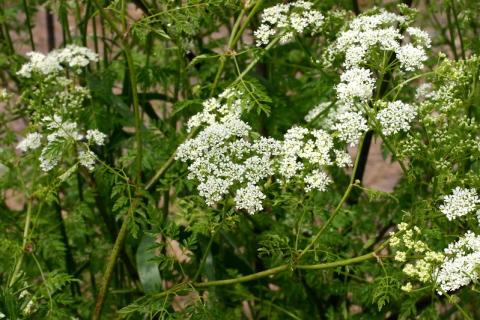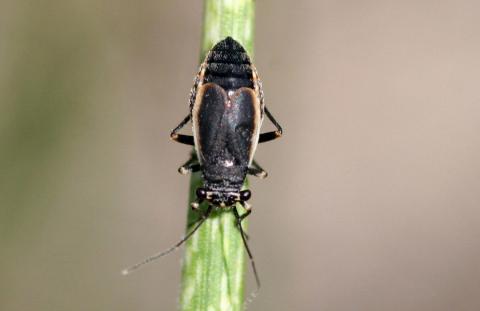Pasture and Forage Minute: Low Hay Stocks, Grazing Shifts, Toxic Pasture Plants
June 13, 2023
With the lowest level of hay stocks since 1974, extension educators stress the importance of taking inventory of feed and hay resources, and to begin planning for next year's needs right now.
Pasture and Forage Minute: Irrigating First Cutting Alfalfa, Black Grass Bugs and Short Pastures
June 9, 2023
This week — irrigation strategies for moisture-stressed alfalfa prior to first cutting, controlling black grass bugs in wheatgrass, and techniques for stretching pasture.
Pasture and Forage Minute: Controlling Alfalfa Weevil and Leafy Spurge, First Cutting Alfalfa
June 1, 2023
With first cutting alfalfa to begin soon, extension educators discuss the importance of scouting for alfalfa weevils to mitigate yield losses and strategies for timing harvest, plus control options for leafy spurge.
Pasture and Forage Minute: Alfalfa Weevil, Weed Control and Summer Pasture Turn-out
May 4, 2023
This week — Controlling alfalfa weeds with post-emergent herbicides, scouting for alfalfa weevil, and planning the date and pastures for spring turn-out.
Pasture and Forage Minute: Early Season Alfalfa Irrigation, Trigger Dates and Weed Control
April 19, 2023
This week — Strategies for irrigating alfalfa in early season dry soil conditions, grazing to control abundant weed growth due to drought and forming a drought plan.
Pasture and Forage Minute: Alfalfa Weed and Stand Management, Grazing Winter Annuals
April 10, 2023
This week — Tips on controlling winter annual weeds for optimum first cutting hay quality, evaluating alfalfa stands with a hay square, and grazing rye, winter wheat and triticale during a cool start to spring.
Pasture and Forage Minute: Alfalfa Seed Selection, Grasshoppers After Drought
April 5, 2023
This week — Reviewing seed selection to avoid anthracnose and Phytophthora root rot, assessing alfalfa stands and predictions on grasshopper populations following the 2022 drought.
Pasture and Forage Minute: Double Cropping Forages, Alfalfa Dormancy
March 21, 2023
In this installment: Strategies and tips for successfully double cropping annual forages this year, and a breakdown on what fall dormancy means for alfalfa growth during the next growing season.







